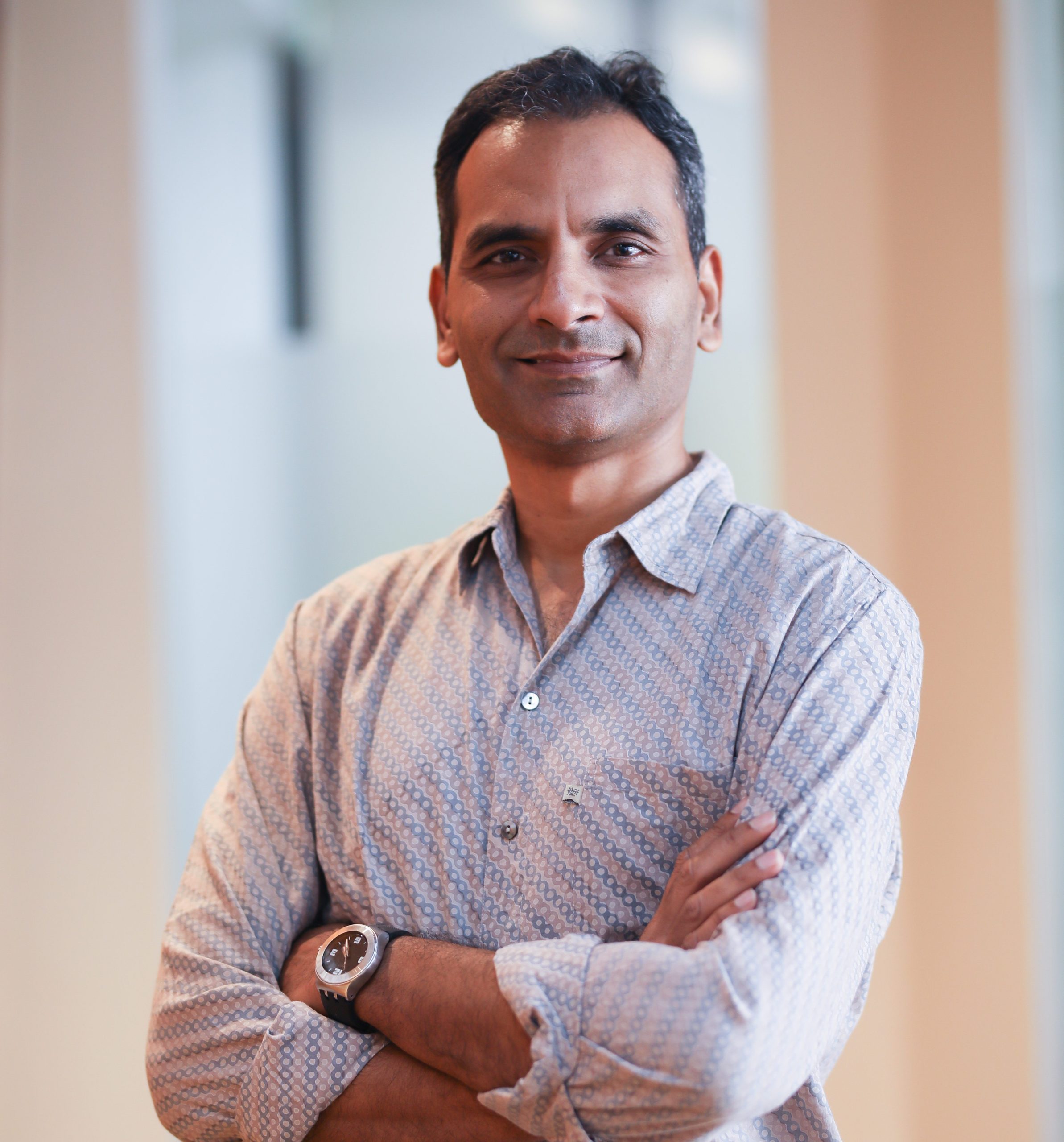Got Bias? Of course you do.
We all struggle with a common error in our judgement: confirmation bias. It takes your usual garden-variety irrational bias and continually strengthens it. You decide based on some combination of instinct and conditioning, and thereafter only attribute value to data, studies or messages that reinforce your decision.
While most biases are natural, some biases can be unusually harmful. Self-defeating beliefs, especially in corporate settings, like “it is not my fault that I am not able to meet the KPIs or my manager does not like me” can be like mantras that keep playing in your head. Receiving confirmation (a failure, a rejection) only strengthens the bias, while any evidence to the contrary is dismissed. At a society level, we are seeing biases against “other” playing up and getting repeatedly validated too, which is leading to a rise in political divides across the world and a firming up of tribal loyalties.
Fighting biases is extraordinarily hard, because they are completely invisible to yourself. However, I came across a wonderful quote recently, one of extraordinary profoundness:
“In a given situation, while your first thought reflects your conditioning, your second thought reflects your character.”
Two reasons why I love this quote: First, it frees you of your conditioning. Second, it gives you control over the thoughts or reactions that play out in your mind.
So, no. You are not doomed to be self-defeating or bigoted or whatever it is that you suspect that you may be. Yes, you have certain automatic reactions, certain associations may be hard-wired (perhaps due to your genes), some things you were exposed to at a vulnerable age, your childhood self. But these automatic thoughts, these first thoughts, need not imprison you. They can be overridden, with an act of scathing deliberateness: the second thought. This is where you activate your empathy, your education, your critical thinking, the higher values of fairness and rationality.
A helpful study that looked for effective ways to tackle biases was the Stanford death penalty study. It took two groups, equally divided between those pro- and anti-death penalties and showed them a variety of studies that either confirmed or disconfirmed their views. They were asked to rate the studies. Unsurprisingly both groups preferred those studies that confirmed their beliefs. Asking the groups to make unbiased decisions beforehand didn’t help. One thing that did though, was asking the groups to critically evaluate and rate the studies if their results had turned out opposite. This “consider the opposite” technique was found to nullify previous biases.
In a startup setting, where we’re continually running experiments, evaluating results and creating new products, it is essential to be on the watch for deeply ingrained biases. Having a mechanism in place that forces you to question and search for ingrained biases is essential. Constantly evoking the devil’s advocate, evaluating your decision through various “hats”, and respecting disagreement are all key components of effectively considering each instinct, each bias that may trip you up.
This consideration, this evocation of an opposite viewpoint, this questioning of your unconscious biases—all of that is there in your second thought. So, here’s what you can do when encountering a troubling situation: Listen to that first thought. Acknowledge that is what you feel, but label it as an unconscious and automatic reaction (not based in any logic). Counter it with opposite viewpoints and come up with a better second thought.
Pro tip: having a pre-designed script at hand takes a lot of fatigue out of the process. For example, when you hear yourself say “This is too hard”, change it to “I can’t do this yet, but I can learn and grow”. Or “I don’t like X type of people” can be followed with “I have a bias against X type of people, but it is simply a result of my conditioning, it’s not true and it’s deeply unfair”. Or “This is the right strategy” can be “This is one of several good strategies. It can be tested and proven wrong for a number of good reasons <think of a few>.”
Now congratulate yourself for evolving a little. Watching and controlling the thoughts in your mind is the legendary stuff of great yogis (the authentic ones).
Want to share your story of how you thrive? Write to us at [email protected]


